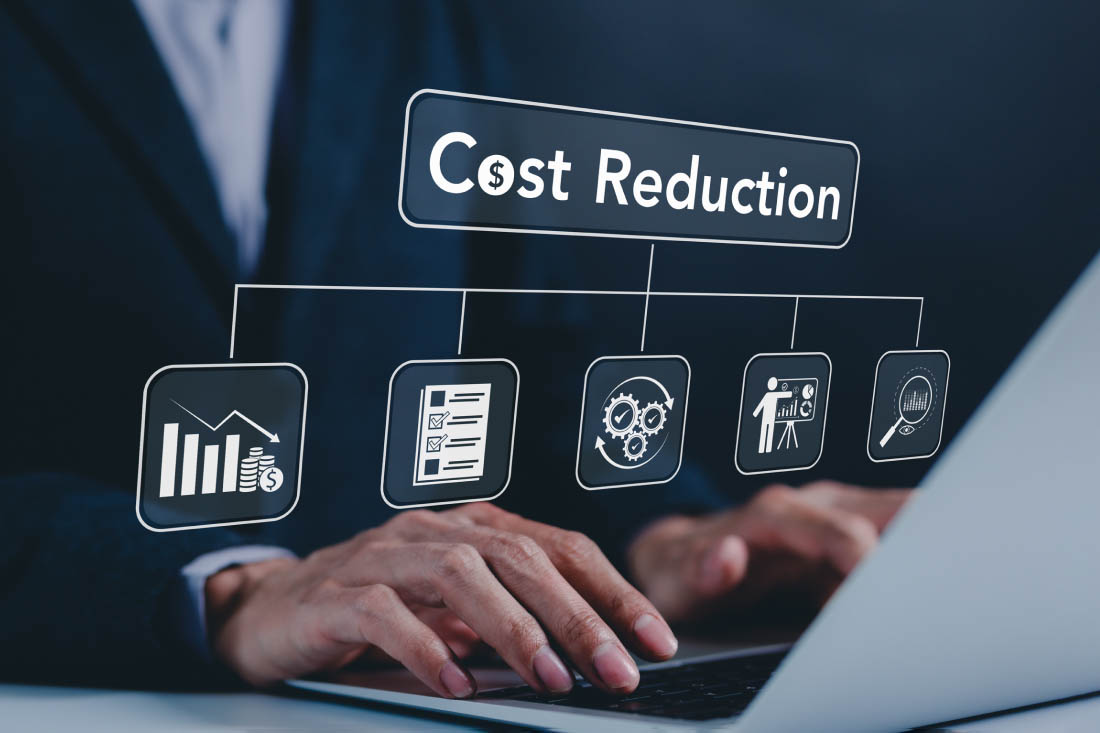In today’s fast-paced and ever-changing business landscape, organizations need to stay ahead of the curve. This means strategically leveraging their most valuable asset — their workforce. Strategic workforce planning (SWP) helps organizations align their human capital with their business goals to ensure long-term, sustainable success.
What is strategic workforce planning?
Strategic workforce planning is an HR process that analyzes current workforce staffing and capabilities with predicted needs for the future. Findings from strategic workforce planning are used to address gaps so that the business ensures they have the right people and skills to achieve future goals. As business priorities change, strategic workforce planning and management allows the organization to be agile by predicting and promptly responding to each situation.
What is the purpose of strategic workforce planning?
The goal of strategic workforce planning is to help companies plan for current and future needs. By aligning workforce resources with business goals — through processes such as headcount planning — organizations can be sure they have the necessary skills, capabilities and capacity to meet evolving market demands. Strategic workforce planning helps to ensure organizations have just the right amount of employees at all times to prevent understaffing or overstaffing. It also ensures companies don’t end up in a situation where they’re missing crucial skills to run operations.
Strategic workforce planning benefits
Strategic workforce planning offers numerous advantages for organizations looking to optimize their human capital and align it with long-term business objectives. Here are some of the biggest advantages businesses reap through implementing an effective plan:
- Alignment with business strategy ensuring that HR and talent management initiatives are in sync with overall organizational goals.
- Improved employee retention by identifying and addressing factors that contribute to turnover, helping to reduce attrition rates.
- Talent gap identification so organizations can pinpoint skill shortages and proactively address them through targeted recruitment or upskilling programs.
- Effective and efficient recruitment processes by forecasting future talent needs.
- Increased productivity and enhanced performance management with targeted performance improvement initiatives.
Strategic workforce planning examples
Here are a few strategic workforce planning examples showing how a company might engage in the process:
- Gathering data on workforce engagement and productivity through employee monitoring
- Assessing workforce capacity and workload balance to inform planning and recruiting
- Addressing employee turnover through employee engagement and training programs
- Introducing training programs to help employees achieve career goals
- Developing leaders through workshops and outside training programs
- Analyzing technology’s impact on employees
These are just a few examples of how strategic workforce planning can be used to help organizations understand their current workforce and identify needs or areas for improvement. Each business may find their own unique use cases which means there are additional opportunities.
5 elements of a strategic workforce plan
There are many ways to implement an effective SWP. Prioritizing these five initiatives will help you do so most effectively:
- Defined workforce goals: The first step is to clearly define what your organization needs — whether that’s to grow headcount, improve leadership or increase the engagement and productivity of existing employees. These workforce goals should match your company’s business strategy.
- Cross-team alignment : Workforce changes affect every department, which means everyone has a stake in SWP. Leadership should be involved to ensure proposed plans and processes align with existing strategies and policies.
- Talent management strategies: SWP should include talent acquisition goals and other ways to address skill gaps. Expanding your workforce may entail exploring alternative recruiting methods, or you may find that hiring from within effectively meets your needs. Headcount planning is critical to effectively managing workforce capacity and workload balance to achieve your talent management goals.
- Financial planning and budgets: As with any new program, it’s important to budget for your SWP. This may include new-hire salaries, employee performance bonuses, recruitment bonuses and more.
- Technology needs: Technology is an important part of any SWP. Determine which programs or apps you’ll need to monitor productivity, recruit new talent, train employees and measure success.
4 Steps to create a strategic workforce plan
Strategic workforce planning is a complex process, but here’s an overview of the fundamental steps:
1. Identify business goals
The first step in SWP is to clearly define your organization’s business goals and objectives. Strategic goals must include the company’s mission, vision and values, as well as its short- and long-term goals. Aligning your workforce plan with your business goals ensures that your human capital strategy supports your organizational strategy.
2. Analyze the current workforce
To effectively plan for the future, you must understand your current workforce status. This involves the composition of its skills, experience, demographics and performance. By identifying your workforce strengths, weaknesses and gaps, you can develop strategies to optimize talent utilization, address skills shortages or surpluses and reward high performers. One way to do this is to conduct a skills gap analysis. Another way is to use employee monitoring software such as ActivTrak to improve visibility into employee productivity and engagement.
3. Predict future workforce needs
To anticipate future workforce requirements, consider external factors that may impact your talent needs. This includes economic conditions, technological advancements, regulatory changes and other market dynamics. Proactive headcount planning will help you identify gaps in skills and roles, and make data-informed business decisions.
4. Documentation
Analysis of current and future workforce needs will help you develop and document a comprehensive strategic workforce plan. This plan should outline the strategies and actions you’ll need to acquire, develop and retain necessary talent. It should include recruitment and selection strategies, training and development initiatives, succession planning and performance management processes. It should also consider diversity and inclusion goals to foster a culture of equality and belonging within your organization.
Put a strategic workforce plan into action at your organization
Strategic workforce planning can help your organization gain competitive advantage in talent acquisition, retention and performance. But it requires visibility into workforce productivity and performance to optimize business outcomes.
ActivTrak’s employee monitoring platform helps you spot trends in workforce productivity and performance to help you better allocate and balance workloads. ActivTrak also provides insight into employee disengagement to help you prevent burnout and improve employee retention. You can also see which technologies help or hinder employee productivity, as well as which processes may need adjustment to help employees more effectively do their jobs.
Get in touch today for a free demo and learn how ActivTrak can help you with strategic workforce planning.





